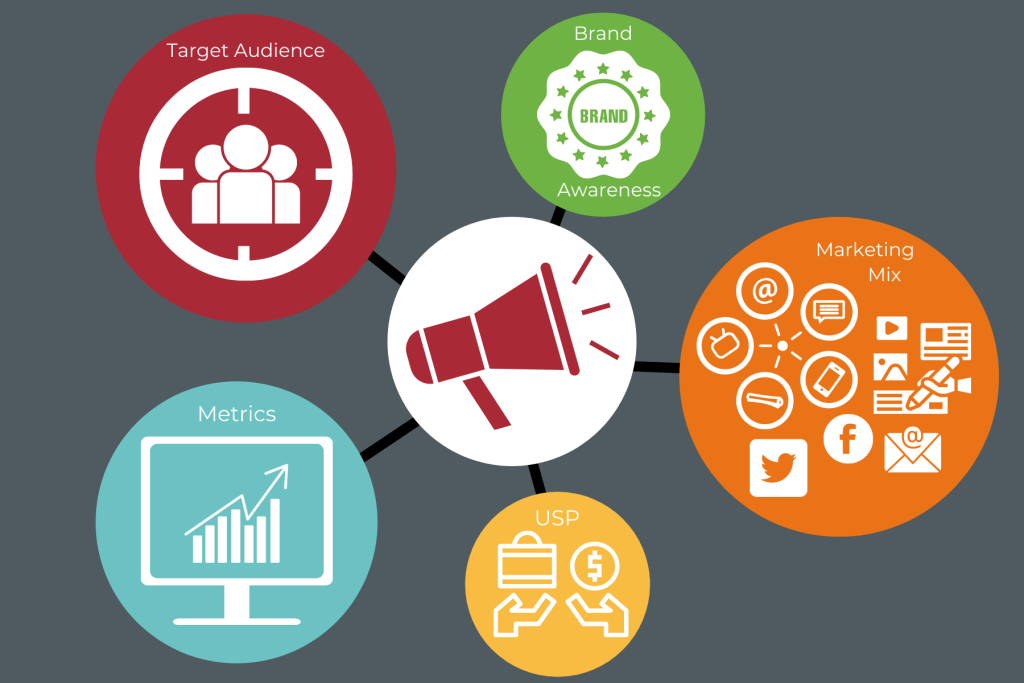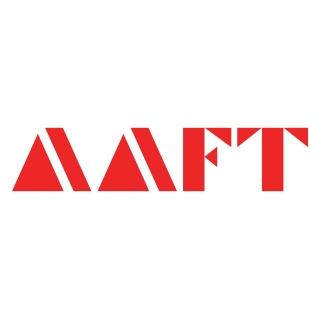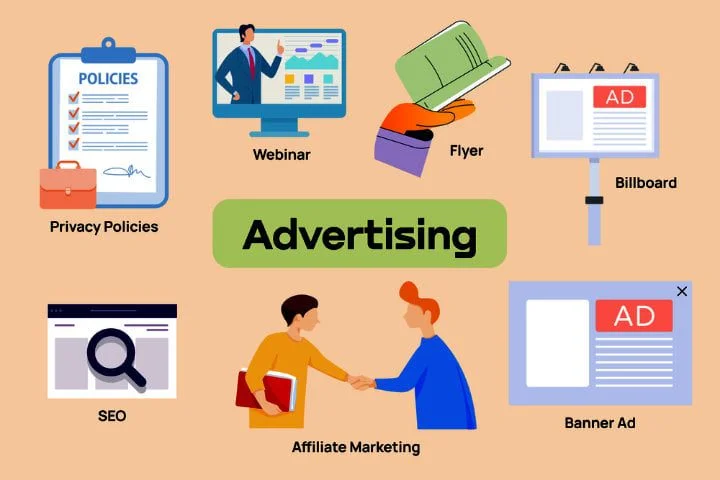Top 7 Strategies for Effective Brand Communication
Lena, a passionate entrepreneur, had built an amazing brand after completing her Advertising And PR Course. She had a great product, a strong team, and a loyal customer base. However, she soon found that something was definitely missing—her brand wasn’t standing out in the crowded digital space. The problem was that no matter how much effort she put into marketing, her messages didn’t connect with her audience.
Lena isn’t alone. 84% of US Millennials say authenticity in the form of transparency is a key factor when deciding their liking and support for the brand, yet many businesses struggle with effective brand communication.
In this blog, we will dive into the seven powerful strategies that can help businesses like Lena’s craft compelling brand messages, ensure audience engagement, and drive stronger connections through Advertising And PR Courses.
1) Set Clear Objectives
A well-defined strategy ensures that there is a strong alignment between communication efforts and the company’s overall goals—to maintain consistency and direction. A brand communication plan should perform the following to be effective:
- Strategic Alignment: Align messages with business goals to create a structured roadmap for communication.
- Stakeholder Engagement: Ensure that all stakeholders, including employees, understand and comply with the brand’s objectives engagement.
- Goal Optimization: Achieve simultaneous and multiple goals through a well-planned communication approach.
This can achieved through the following:
- Inclusive Communication: Reaching all employees, including those without office-based tools (e.g., frontline workers).
- Targeted Messaging: Enabling targeted messaging, ensuring all the audiences from different backgrounds receive relevant and tailored information.
- Multimedia Engagement: Supporting multiple formats, such as live video broadcasting, to improve engagement.
Do you want free career counseling?
Ignite Your Ambitions- Seize the Opportunity for a Free Career Counseling Session.
- 30+ Years in Education
- 250+ Faculties
- 30K+ Alumni Network
- 10th in World Ranking
- 1000+ Celebrity
- 120+ Countries Students Enrolled
Read Also: The Importance of Event Management Education in India
2) Leverage Storytelling to Engage
Storytelling is a powerful brand communication tool that helps in emotional engagement of audiences. Instead of relying solely on statistics or product details, brands can create deeper connections by crafting compelling audience resonating narratives.
An effective storytelling approach mainly includes three key elements:
- A Relatable Protagonist – Someone who reflects the brand’s values and experiences as well as challenges similar to those faced by customers.
- A conflict or struggle – Highlighting real-life problems that customers can identify with, making the story more engaging.
- A resolution – Showcasing how the brand’s product or service helps overcome the challenge, reinforcing its value.
By using this structured storytelling methodology, brands can transform ordinary messages into memorable experiences, ensuring the impactfulness and engagement of their communication strategies.
Book Now →

3) Craft Compelling Content
Crafting compelling content starts with a deep audience understanding. To ensure the effectiveness and engagement with the brand communication, businesses should focus on:
Read Also: Creating Ads for Gen Z: What Works and What Doesn’t
- Listening To Customer Insights – Pay close attention to customer feedback, social interactions, and behaviors to understand their needs, preferences, and challenges.
- Using Audience-centric Messaging – Weave content with customer language and pain points to make it more relatable and impactful. When customers see their concerns reflected in brand messaging, they are more likely to engage.
- Maintaining Consistency Across Platforms – Whether customers interact through a website, social media, or printed materials with a brand, the tone, message, and brand voice should remain cohesive all the time.
- Creating Emotional Connections – Resonating content emotionally fosters loyalty and deeper audience engagement. It helps in transforming a simple and straightforward communication into a captivating brand story.
By keeping a strong focus on these elements, brands can transform content into a powerful tool for meaningful and effective brand communication.
Do you want free career counseling?
Ignite Your Ambitions- Seize the Opportunity for a Free Career Counseling Session.4) Utilize Content Marketing
Content marketing plays a key role in visibility and recognition improvement, making it easier for audiences to connect with a brand.
Through high-quality, valuable content, brands can engage audiences on a deeper level through Marketing And Advertising Courses—further positioning them as industry leaders.
Best practices for effective content marketing:
- Know Your Audience – Create content tailored to their preferences, interests, and challenges.
- Maintain Consistency – Ensure the alignment of messages, tone, and style with your brand identity across all social media platforms like FaceBook and Instagram.
- Optimize for SEO – Use relevant keywords and search-friendly formatting for visibility enhancement.
- Incorporate Visuals – Engaging images, videos, and graphics make content more appealing and shareable.
- Monitor and Analyze Performance –Use analytics to measure effectiveness and refine content strategies based on key data insights.
By leveraging these strategies, brands can effectively utilize content marketing through Advertising And PR Courses to strengthen their communication efforts, enhance audience engagement, and build lasting relationships with their customers.
Read Also: What is the Scope of Event Management in India 2025?
5) Identify the Right Social Media Channels
Choosing the right platforms—such as LinkedIn, Facebook, X (formerly Twitter), and Instagram—for ensuring that marketing messages reach the intended audience efficiently.
Key Takeaways:
- Select The Right Channels – Diverse levels of platforms cater to distinctive audiences, so businesses must identify where their target customers are most active.
- Enable Easy Content Sharing – Certain tools can allow employees to share company content with a single click, enabling both social media-savvy employees and beginners to make effortless contributions.
- Create a centralized content hub – Aggregating and organizing content in one place makes it easier for employees to find, engage with, and share brand messages.
By using the right social media channels and simplifying content sharing, brands can enhance their communication strategy, expand their reach, and strengthen engagement with their audience.
6) Engage with Your Audience
Audience engagement is essential for effective brand communication, as it helps build a strong community and fosters meaningful audience relationships.
Key strategies for engaging with followers for advertisers After Completing Their Advertising Courses:
- Respond Promptly – Quickly replying to comments and messages shows that the brand values customer opinions and encourages ongoing interaction.
- Share User-Generated Content – Featuring followers’ content makes them appreciated and engaged and further strengthens brand loyalty.
- Conduct Polls and Surveys – Involving followers in decision-making increases their brand connection and makes them feel heard.
Read Also: The Impact of Technology on Education in Classrooms
By engaging with their audience actively, brands can build deeper relationships, improve customer retention, and drive organic growth while refining their brand messaging.
7) Use Effective Calls to Action
Effective Calls to Action (CTAs) are essential for audience guidance toward meaningful interactions, ultimately enhancing brand communication and driving conversions. Well-crafted CTAs not only help in engagement but also reinforce a brand’s messaging strategy through Marketing and Advertising Courses:
Key strategies for crafting impactful CTAs:
- Be Clear and Direct – Use concise, action-driven, and direct language like “Sign Up Now” or “Download Your Free Guide” to create a clear picture inside the audience about the next step.
- Create a Sense of Urgency – Encouraging quicker action with phrases like “Limited Time Offer” or “Claim Your Spot Today” can help boost conversation.
- Ensure Relevance – CTAs should align with the user’s intent and content, making them meaningful and enticing.
- Strategic Placement – Position CTAs where they are naturally visible, such as at the blog post, on email campaigns’s end, or within social media content.
- Use A/B Testing – Experiment with different CTA wording, colors, and designs to identify what resonates best with your audience and maximizes engagement.
By optimizing CTAs with clear messaging, urgency, and strategic placement, brands can enhance audience interaction, improve engagement rates, and strengthen their overall communication strategy.
Read Also: Best Courses After 12th Arts – Top Career Options for Arts Students
Conclusion
Effective brand communication acts as the foundation for building strong customer relationships and engagement increase and driving business success. By setting clear objectives, leveraging storytelling, crafting compelling content, and using the right platforms, brands can create a lasting impact. Master these strategies, and your brand will not just communicate—it will inspire and lead.
Take your passion further with Advertising And PR Courses in Delhi at AAFT (Asian Academy of Film and Television). With expert training and hands-on experience, AAFT helps you transform your Advertising and PR dreams into reality!

AAFT has been providing the world with limitless creativity and expression since 1993! Through a dynamic and industry-driven curriculum, AAFT provides engaging and captivating articles to persuasive blogs and empowers its readers to explore diverse avenues of creative media education-related content.






